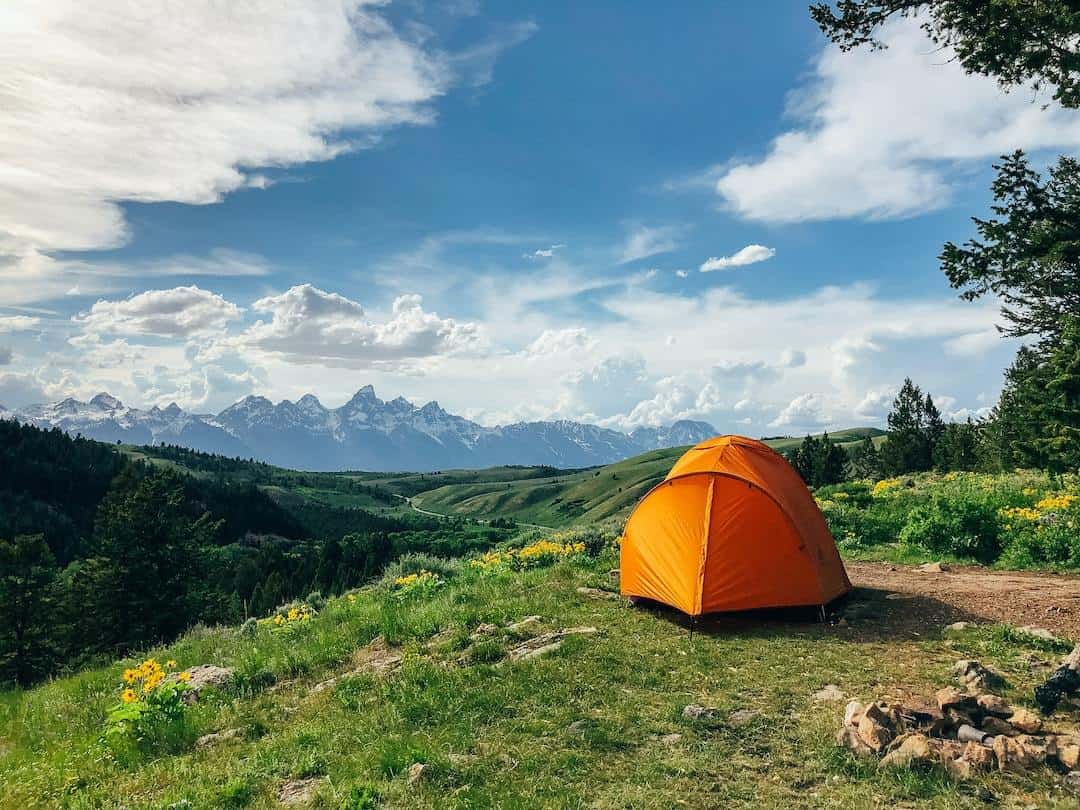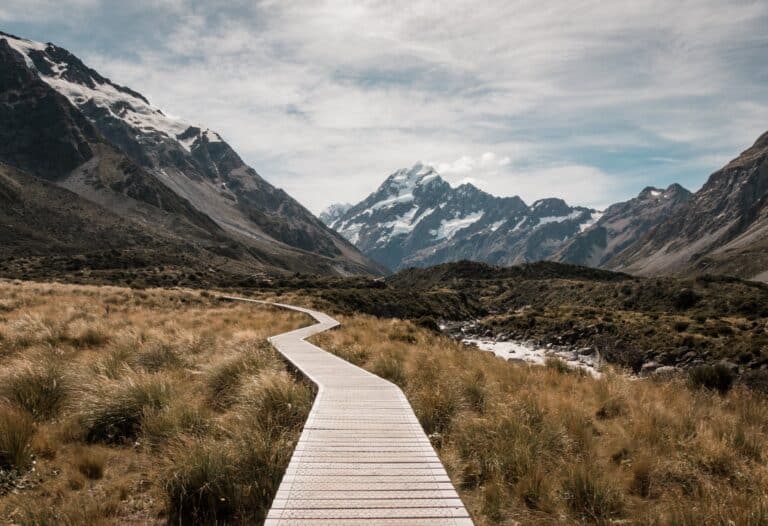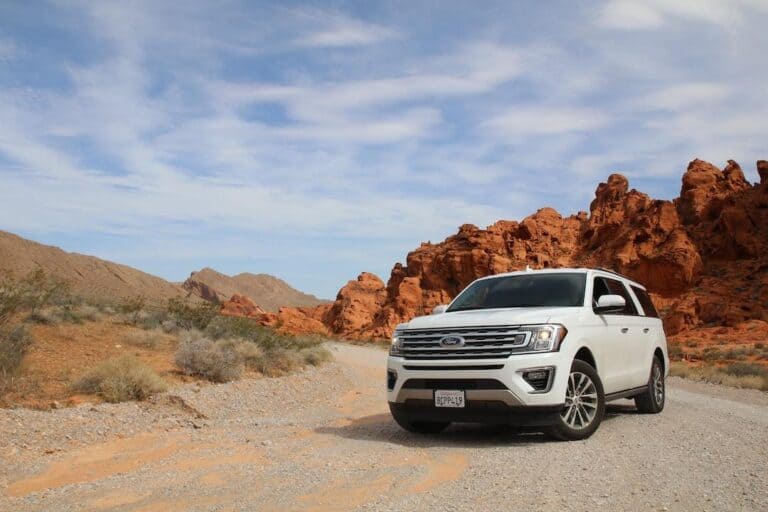What is Dispersed Camping? Tips for Outdoor Lovers
Have you heard people talk about dispersed camping and wondered what is dispersed camping? This article will provide a comprehensive overview. Also known as primitive or backcountry camping, it offers a unique and immersive outdoor experience away from designated campgrounds. This blog post will provide an in-depth exploration of dispersed camping and its various aspects.
Choosing dispersed campsites over traditional ones can offer cost savings and first-come, first-served availability, making it an attractive option for outdoor adventurers. We’ll also dive into the drawbacks and responsibilities of this type of adventure, including self-sufficiency requirements and researching necessary fees or permits.
Furthermore, we’ll cover how to find suitable locations for your next camping trip using online resources and popular apps specifically designed for locating off-the-beaten-path sites. Additionally, we will offer valuable tips on preparing for your journey by discussing essential gear considerations and weather factors that may impact your experience.
Dispersed Camping Basics
This type of camping, or boondocking or dry camping, is a unique and immersive outdoor experience that allows campers to connect deeply with nature.
Typically, it occurs on public lands such as those managed by the Bureau of Land Management (BLM) and the National Forest Service.
What is Dispersed Camping?
Dispersed camping means pitching your tent or parking your RV outside established campsites, usually on BLM or national forest land.
You won’t find picnic tables, fire pits, trash services, water sources, or restroom facilities at these locations. Still, you’ll enjoy more solitude and freedom for those who prefer to escape crowded campgrounds while enjoying the great outdoors.
Public lands for dispersed camping
- National Forests: Most national forests allow dispersed camping unless otherwise posted.
- Bureau of Land Management (BLM): BLM manages millions of acres across North America, where you can find numerous spots suitable for dispersed car camping adventures.
Cost-Effective Dispersed Camping: How to Find Your Perfect Spot
Save money and enjoy the great outdoors with dispersed camping – a free, first-come, first-served option on public lands.
Free Accommodations
Unlike designated campgrounds, dispersed camping areas on BLM land, national forests, and other public lands don’t require reservations or fees.
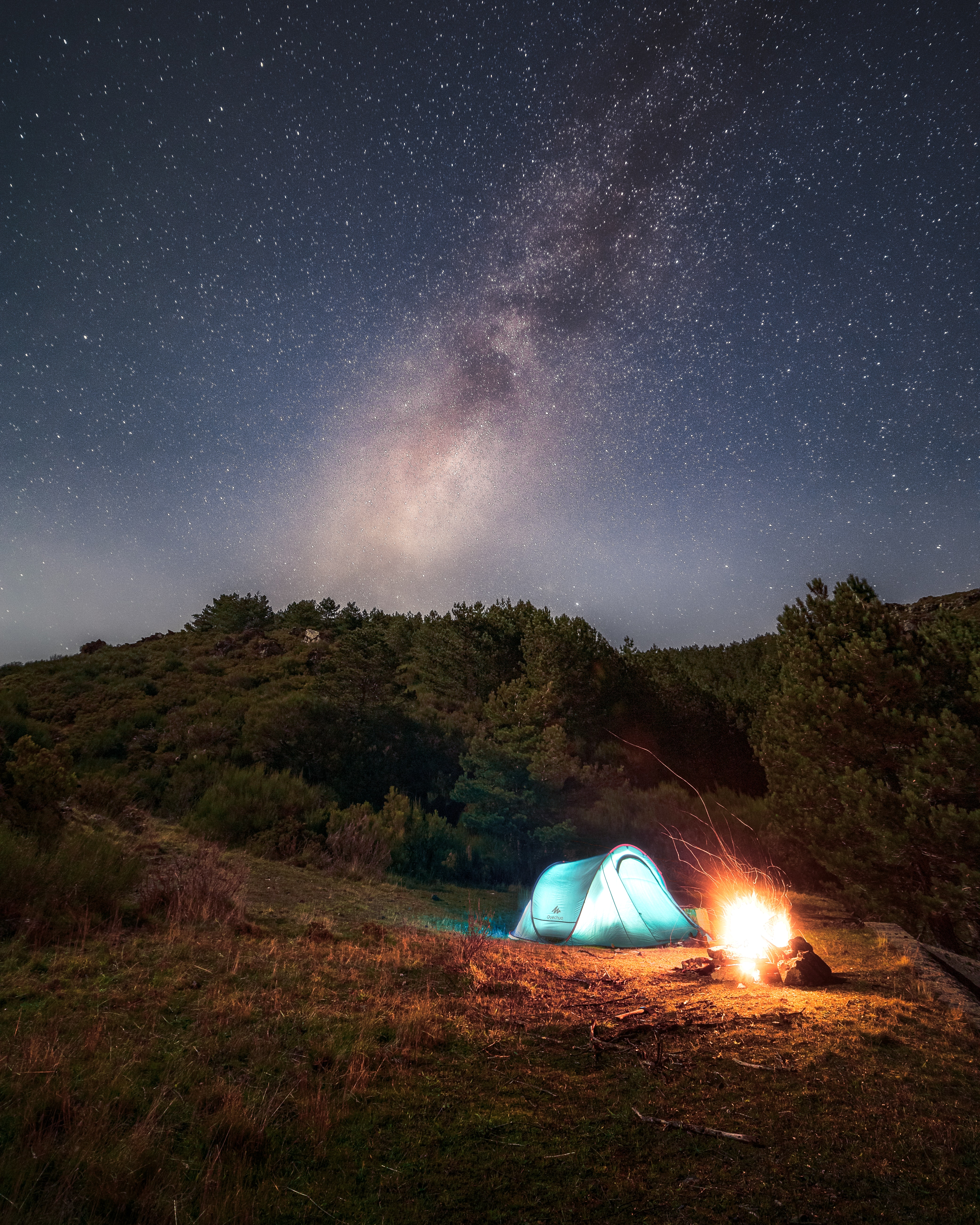
First-Come, First-Served Basis
- There is no need to book months in advance – find a suitable spot and set up camp.
- Popular areas may fill up quickly during peak times, so arrive early to increase your chances of finding an ideal location.
- Check local regulations before setting up camp, as some public lands restrict how long you can stay at one site (usually around 14 days).
Be self-sufficient, as amenities such as picnic tables, fire pits, or trash services are not provided, and pack all necessary supplies for your trip, including food storage options like bear canisters if local regulations require.
Finding Suitable Locations for Dispersed Camping
Looking for the perfect spot for dispersed camping? Check out these resources:
Campendium
Find dispersed camping areas and read user reviews on Campendium.
OvernightRVParking.com
Search for free RV parking spots with amenities like water sources and trash services on OvernightRVParking.com.
RV-Safe GPS App
Use the RV-Safe GPS app to navigate safely and find dispersed campsites throughout North America.
The Dyrt
Discover over 1 million user-submitted reviews and outdoor gear contests on The Dyrt.
Always practice proper waste disposal, follow fire restrictions, and use bear canisters when necessary. Happy camping.
Get Ready for Dispersed Camping
Prepare for your dispersed camping experience by ensuring you have the necessary equipment, such as a tent, sleeping bag, sleeping pad, cooking stove, and water purification system.
- Find dispersed camping areas on public lands managed by the Forest Service, BLM, or National Parks.
- Check the weather forecast and pack appropriate clothing layers and rain gear.
- Pack suitable power sources, e.g., solar panels or battery packs, if charging electronic items is necessary.
Find Your Perfect Dispersed Camping Spot with US Forest Service Interactive Maps
Discover dispersed camping areas on federal lands easily using the US Forest Service’s interactive maps, available online.

How to Use US Forest Service Maps
Visit the Interactive Visitor Map to search for national forests and grasslands by location or filter by “Dispersed Camping” and “Motor Vehicle Use Maps.”
Download individual forest service maps from their respective websites, such as this one for the Angeles National Forest.
Identifying the Best Dispersed Campsites
- Established campsites: Look for sites with picnic tables or fire rings.
- Accessibility: Ensure you can reach the site by car or on foot.
- Proximity to water sources: Choose a site at least 100 feet away from lakes, rivers, or streams.
- Landscape features: Consider shade, wind protection, and privacy when selecting a spot.
By following these tips, you can find the perfect dispersed camping site while minimizing environmental impact.
Backcountry Camping vs. Dispersed Camping
Backcountry camping is for the adventurous, while dispersed camping is for those who want to be close to nature without sacrificing convenience.
Differences between Backcountry and Dispersed Camping
- Backcountry camping is remote and requires effort to reach, while dispersed camping is car camping outside designated campgrounds on public lands.
- Backcountry camping offers solitude and connection with nature, while dispersed camping offers freedom and flexibility.
Preparing for a Backcountry Experience
Before embarking on a backcountry camping trip:
- Gather detailed information about your destination, including maps and weather conditions.
- Pack essential gear, including navigation tools, emergency supplies, proper clothing, and a bear canister for food storage.
- Obtain necessary permits if required by the land management agency overseeing your destination.
- Plan your route carefully, considering elevation gain, water source availability, and potential hazards.
7 Principles of Leave No Trace
Backcountry camping is for the adventurous, while dispersed camping is for those who want to be close to nature without sacrificing convenience. Before embarking on a backcountry camping trip, plan ahead and prepare. Practice Leave No Trace principles to minimize environmental impact. Following the 7 Principles of Leave No Trace is essential to ensure minimal environmental impact when engaging in dispersed camping.
Plan and prepare. Research and plan your dispersed camping trip thoroughly, considering weather conditions, regulations, and proper equipment.
Travel and camp on durable surfaces: Stick to established trails and campsites to avoid damaging fragile ecosystems. Avoid setting up camp on vegetation or other sensitive areas.
Dispose of waste properly: Pack out all trash and waste, including food scraps and biodegradable items. Leave the campsite in the same condition as you found it, or better.
Leave what you find: Resist the urge to take natural souvenirs such as rocks, plants, or artifacts. Leave the natural environment untouched for others to enjoy.
Minimize campfire impacts: If campfires are allowed and necessary, use existing fire rings or designated fire pits. Keep fires small and ensure they are completely extinguished before leaving the campsite.
Respect wildlife: Observe wildlife from a distance and avoid feeding or approaching them. Keep food securely stored to prevent attracting animals to your campsite.
Be considerate of other visitors: Respect the solitude and tranquility of other campers by keeping noise levels to a minimum. Yield to others on trails and maintain a friendly and respectful attitude towards fellow outdoor enthusiasts.
Use proper trail etiquette: Stick to designated trails and avoid cutting switchbacks. This helps prevent erosion and preserves the natural landscape.
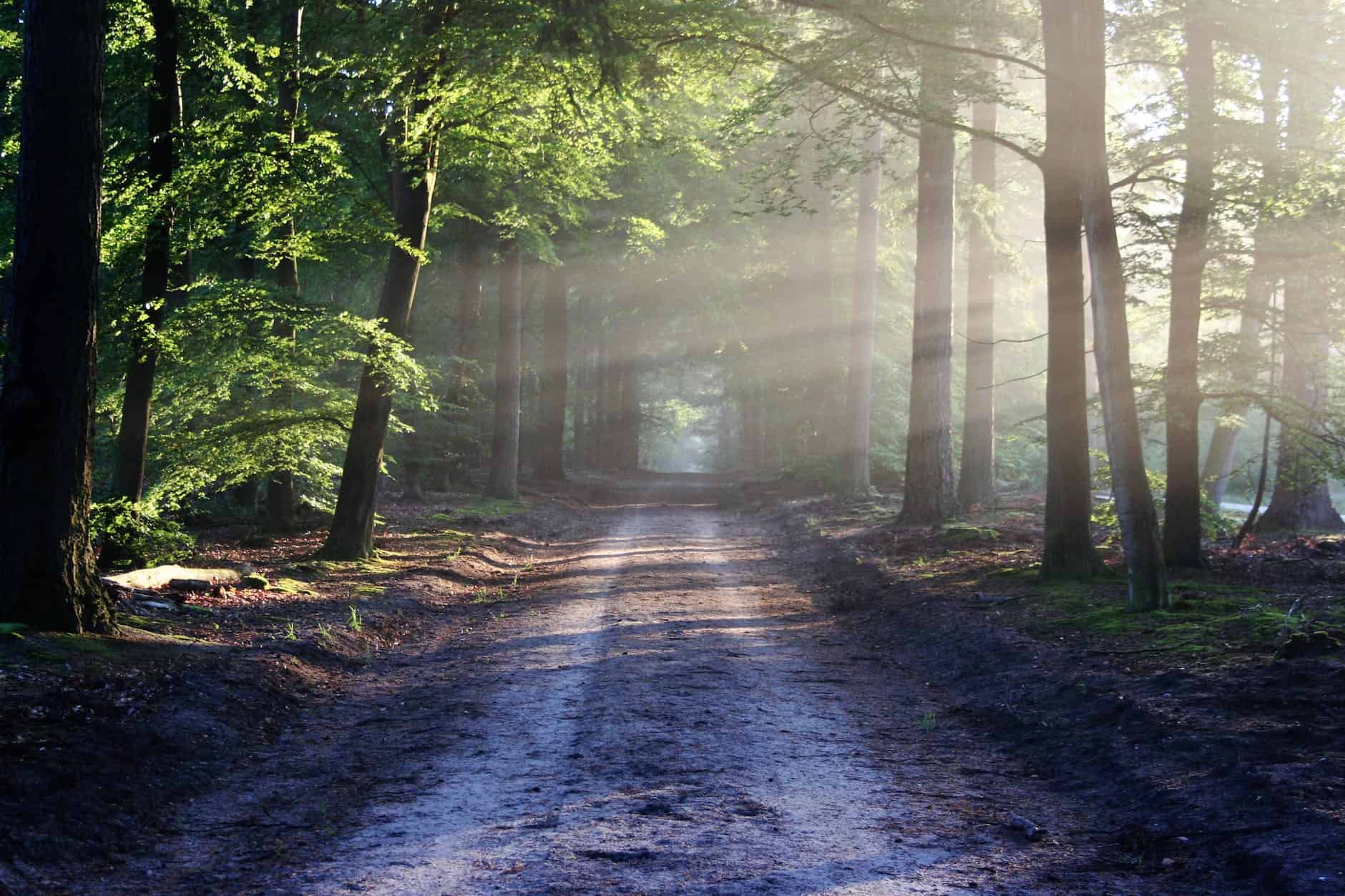
Follow local regulations: Familiarize yourself with specific rules or guidelines for the area you visit, such as permits or restrictions on certain activities.
Proper Waste Disposal
Dispose of human waste in a cathole 6 inches deep and 100 feet away from water sources, pack out all trash, and use biodegradable soap at least 200 feet away from lakes or streams.
Minimizing Environmental Impact
- Campsite selection: Choose established campsites to avoid creating new ones.
- Campfires: Use existing fire rings or portable stoves and follow local fire restrictions.
- Noise pollution: Keep noise levels down, especially after dark.
- Pets: Keep pets leashed and clean up after them.
These steps will help preserve public lands for future generations.
FAQs about Dispersed Camping
What is dispersed camping?
This means camping outside designated campgrounds, usually on public lands like national forests and BLM areas, for a more discreet experience without amenities.
What’s the 101 Guide to Dispersed Camping?
Research suitable locations on credible websites, obtain necessary permits, practice Leave No Trace principles, be self-sufficient, prepare for weather conditions, and respect local regulations.
Check out the US Forest Service and BLM websites for more information.
What are the benefits of dispersed camping?
- No fees or reservations are required in most cases.
- Fewer crowds for increased privacy.
- A closer connection with nature
- Potential for unique experiences away from developed sites.
What’s the difference between primitive and dispersed camping?
Camping occurs within designated campgrounds with limited facilities, and dispersed camping occurs outside established campgrounds without any provided amenities.
Both offer a more rustic experience compared to traditional campsites with complete services.
Conclusion
Dispersed camping is in public lands, not designated campgrounds, and offers a chance to experience nature and save money on traditional campsites.
Research suitable locations, prepare with essential gear and power supply options, and follow Leave No Trace principles to minimize environmental impact.

Proper planning and responsible behavior can make dispersed camping a rewarding way to explore the great outdoors.
Before you go, unlock the art of hidden adventure and discover the thrilling world of stealth camping! Dive into our fascinating blog article “What is Stealth Camping?” to learn the ingenious strategies, expert tips, and remarkable stories that will empower you to explore the hidden gems of nature while embracing the thrill of staying under the radar. Get ready to embark on extraordinary off-grid escapades like never before!

